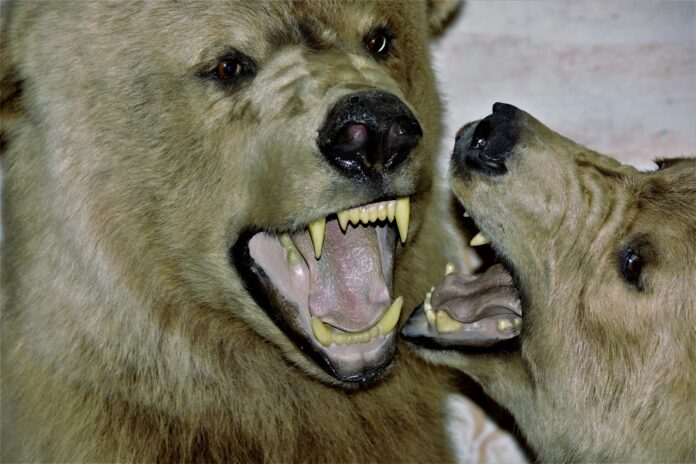Taxidermy is an art form that has been around for centuries. It involves the process of preserving an animal’s body and mounting it for display purposes. Taxidermy has come a long way since its inception. And today it is an essential part of modern art and design. In this article, we will explore the art of taxidermy. Specifically creating surreal and imaginative displays with unusual animals and objects.
The Basics of Taxidermy
Before diving into the more creative aspects of taxidermy, it is essential to understand the basics of the process. It involves skinning the animal and removing its bones, internal organs, and muscles. The skin is then treated with a preservative and stretched over a mannequin made to resemble the animal’s body. The final step is to attach the eyes and teeth to the mount to bring it to life.
The process of taxidermy requires a variety of tools and materials, including scalpels, tweezers, and tanning agents. It is essential to take safety measures during the whole process, such as wearing gloves and a face mask. That would help you avoid exposure to harmful chemicals and bacteria.
Creating Surreal and Imaginative Displays with Unusual Animals
Surreal and imaginative taxidermy displays involve creating a unique and unexpected representation of an animal. This type of taxidermy allows artists to experiment with different techniques and materials, resulting in a one-of-a-kind piece. These pieces are often used to showcase very complex emotions, feelings, and Ideas.
For example, an artist may combine the bodies of two different animals to create a hybrid creature. Or, they may incorporate unusual materials such as feathers or metal into the mount to create a surreal effect. These displays are often used in modern art exhibits or as conversation pieces in private collections.
Using Unusual Objects in Taxidermy Displays
Another way to create imaginative taxidermy displays is by incorporating unusual objects into the mount. This technique involves placing the preserved animal in a setting that includes unique and unexpected items.
For example, an artist may mount a deer head on a bicycle handlebar, creating a whimsical and surreal display. Or, they may place a preserved bird in a vintage birdcage to create a nostalgic and romantic piece. The possibilities are endless, and the result is always a unique and imaginative display.
Tips for Successful Taxidermy Displays
To create successful taxidermy displays, it is important to follow best practices and avoid common mistakes. Some tips to keep in mind include using high-quality materials and tools and taking your time during the process. Paying close attention to detail is arguably the best thing you can do when for your displays.
It is also important to preserve and display taxidermy pieces correctly to ensure their longevity. This includes keeping them away from direct sunlight and moisture, and periodically cleaning and conditioning the skin. Whenever you decide to do taxidermy put some intention behind it instead of going about it thoughtlessly.
The Future of Taxidermy in Art and Design
As the art world continues to evolve, so does the role of taxidermy in modern art and design. While traditional taxidermy is still prevalent, artists are finding new and innovative ways to incorporate the technique into their work.
Some modern artists are using taxidermy to create social commentary, while others are using it to make a statement about environmental issues. As the world becomes more environmentally conscious, it may be used more frequently to bring attention to animal conservation efforts.
Conclusion
Taxidermy is an art form that has been around for centuries and continues to play an important role in modern art and design. From the traditional displays to the more imaginative and surreal ones, taxidermy provides endless possibilities for artists and collectors alike. By following best practices, avoiding common mistakes, and paying attention to detail, artists can create unique and one-of-a-kind pieces that are sure to make a statement. As the art world evolves, taxidermy is sure to continue to play an important role in bringing attention to social and environmental issues, making it a valuable and relevant art form for generations to come.
And as always folks be sure to check out the Global Growth Forum and read some of the similar articles that are both interesting and informative. Also, if you are interested in reading some of the latest articles in Hindi be sure to check out the Mojo Patrakar.



